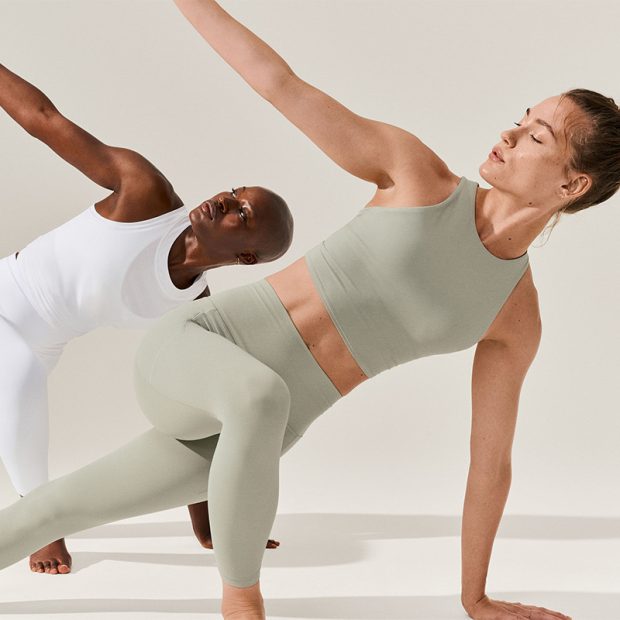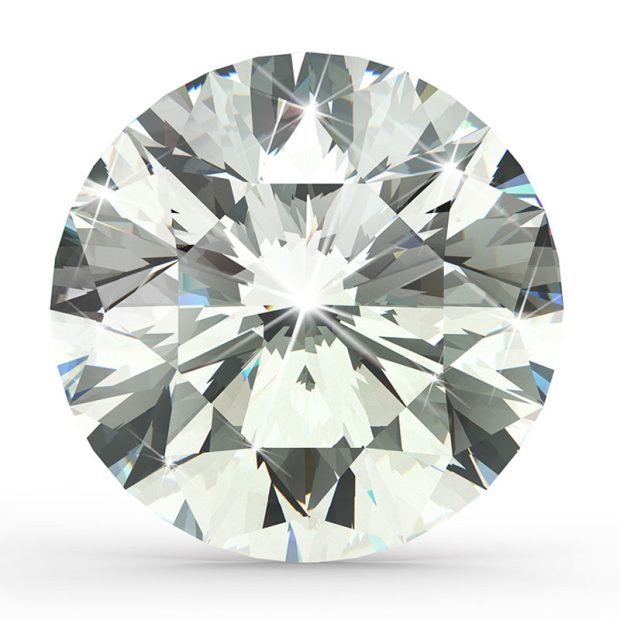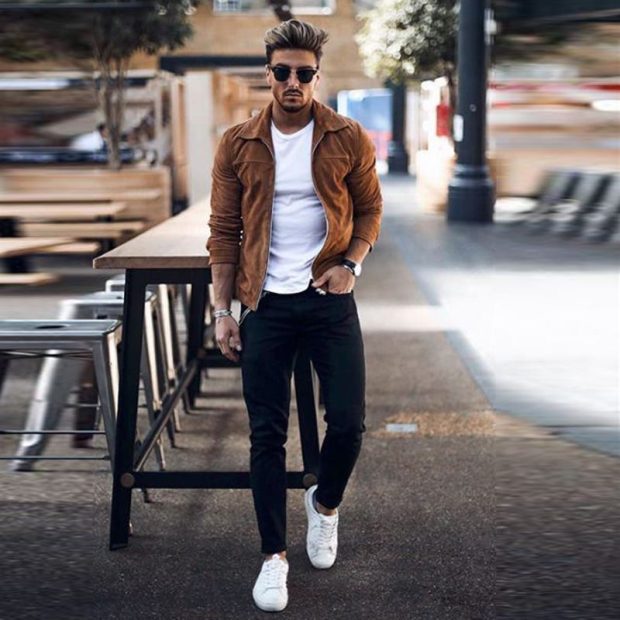In the ever-evolving world of fitness fashion, slimming yoga clothes are making waves. These garments not only enhance your performance on the mat but also help you look and feel your best. Here’s a look at the latest trends in slimming yoga apparel, designed to boost confidence and comfort for yogis of all levels.
1. High-Waisted Leggings
High-waisted leggings have become a staple in the yoga community. They provide excellent support and coverage, allowing for a full range of motion without the worry of slipping down. The high waistband helps to smooth and contour the midsection, creating a flattering silhouette. Many brands are incorporating moisture-wicking fabrics and compression technology to enhance performance and comfort.
2. Seamless Designs
Seamless yoga clothes are gaining popularity for their ability to provide a sleek and streamlined look. Without seams, these garments reduce the risk of chafing and irritation, making them ideal for intense yoga sessions. Seamless designs also offer a smoother appearance, which can be more flattering and comfortable.
3. Mesh and Cut-Out Details
Adding a touch of style and breathability, mesh panels and cut-out details are a hot trend in slimming yoga clothes. These elements not only look chic but also enhance airflow, keeping you cool during your practice. Strategically placed mesh panels can accentuate your natural curves and add a modern edge to your yoga wardrobe.
4. Body-Sculpting Fabrics
Fabrics that sculpt and support the body are becoming increasingly popular in yoga wear. These materials often include a blend of spandex or elastane, providing a snug fit that moves with you. Body-sculpting fabrics help to enhance your natural shape, offering support in key areas such as the waist, hips, and thighs. This type of clothing can boost your confidence by creating a smooth and toned appearance.
5. Bold Prints and Patterns
While solid colors remain classic, bold prints and patterns are making a statement in the world of yoga fashion. From geometric designs to floral motifs, these eye-catching styles can distract from any perceived imperfections and highlight your unique personality. Opt for darker shades with contrasting patterns to achieve a slimming effect.
6. Sustainable Materials
Eco-friendly yoga wear is not just a trend but a movement. Many brands are now focusing on sustainable materials such as organic cotton, recycled polyester, and bamboo. These materials are not only good for the environment but also offer excellent breathability and comfort. Sustainable yoga clothes can provide a slimming effect while aligning with your values.
7. Built-In Shapewear
Yoga clothes with built-in shapewear offer the ultimate in slimming support. These garments typically feature hidden panels that provide additional compression and contouring. Built-in shapewear can enhance your silhouette without the need for extra layers, making them a convenient and effective option for achieving a streamlined look.
Staying on top of the latest trends in slimming yoga clothes can enhance both your practice and your confidence. High-waisted leggings, seamless designs, mesh details, body-sculpting fabrics, bold prints, sustainable materials, and built-in shapewear are all contributing to the evolution of yoga fashion. By choosing garments that offer support, comfort, and style, you can elevate your yoga experience and feel great both on and off the mat. Whether you’re a seasoned yogi or just starting your journey, investing in quality yoga clothes that flatter your figure can make a significant difference in your practice.


